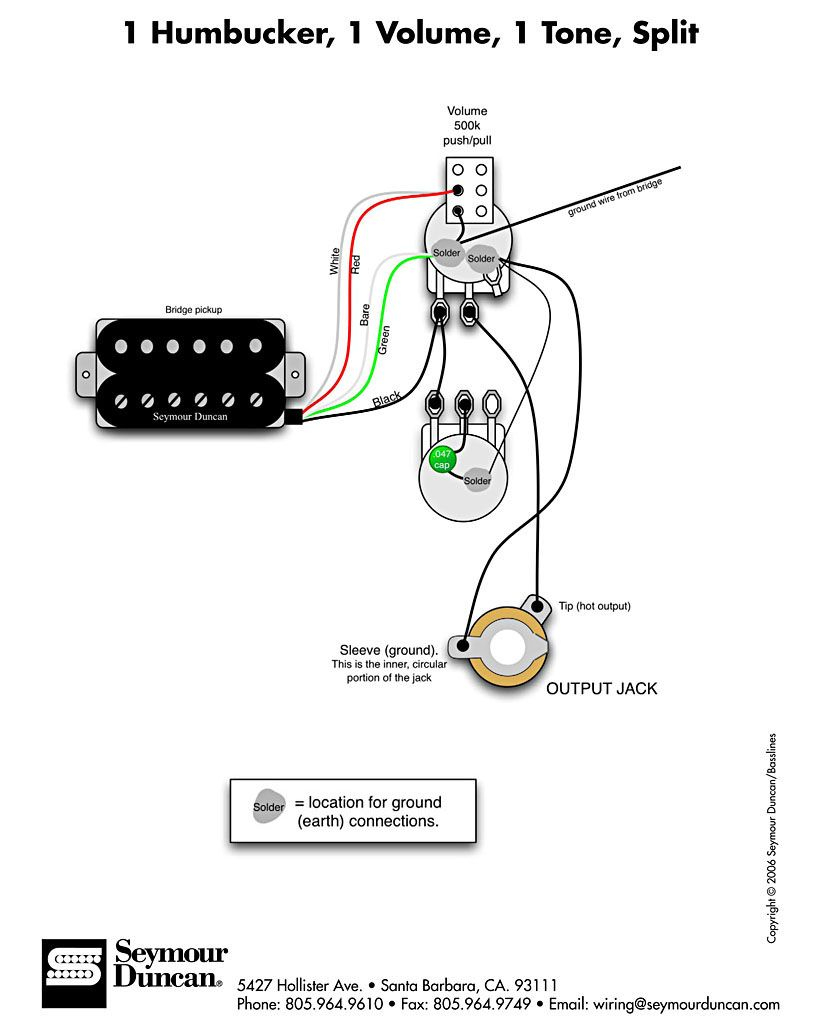
The Les Paul 50s wiring is what it’s actually all about. In theory this might sound neat, but it does take out a huge amount of your high end. This wiring is called the ‘independent volume mod,’ because in the middle position you are now allowed to dial in the exact tone you want without sacrificing volume. If you hook up the pickup to the middle lug, the amount of load ‘behind’ the input is what causes the decrease of volume when you roll down your volume. In this case, the pot works as a power divider. The ‘traditional’ way of doing things is to hook up the signal to the outer lug, and by using the middle lug (the moving part) you can dial in how much of that volume you want. Every position in between allows some part of the signal to go to the ground, in essence lowering the volume. On the other side, it bridges the signal directly to the output of the pot without any signal going to the ground. If it’s on the far side it bridges the signal to the ground, shorting the signal and creating silence. It moves over the resistor and acts as a bridge between the signal and the output or ground. What does move is a bridge, which is connected to the middle lug. That part doesn’t move when you turn the knob. The word ‘pot’ is shorthand for ‘potentiometer.’ Structurally speaking, a pot has one large resistor inside with a start and an end (which we see as the outer lugs on the casing of the pot).

That might sound strange because you might think there’s just one way to wire it all up, but clearly there are more roads that lead home! Let’s take a closer look at the various ways you can wire up your four-pot guitar.īefore we really dive into new wiring possibilities, let’s quickly recap what a pot is and how it works.
#Seymour duncan wiring diagrams with on off on switch how to#
The tonal possibilities are almost endless if you know how to dial it in right, and the tireless tinkerers among us have tried several ways of hooking up the pickups to the pots over the years. A Gibson Les Paul, SG, ES-335 and many other guitars use a two-pickup/four-pot setup: two dedicated volume controls and two dedicated tone controls.


 0 kommentar(er)
0 kommentar(er)
